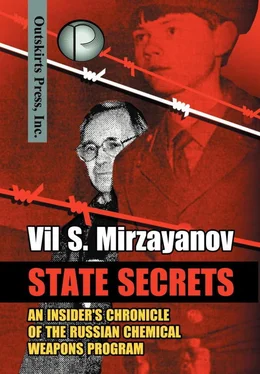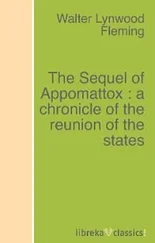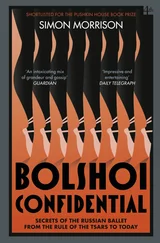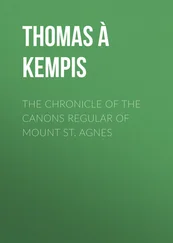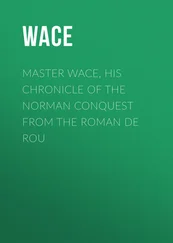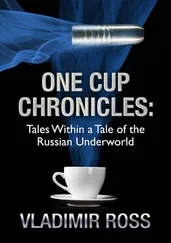We were hoodwinked. It was annoying that Englin, Shchekotikhin and the other science bureaucrats had fooled us for so long, subjecting us to insults and all sorts of abuse!
The Deputy Commander of the base, Igor Evstafeev, found out about the results and our experiences from his subordinates, who had been participating in the testing. I think that he was thrilled, because military chemists were always happy when civilian chemists suffered defeat. They believe that only military chemists can do something reasonable in the field of military chemistry.
Soon after this Professor Georgi Sokalski, a retired colonel from the Military Academy of Chemical Defense, replaced Englin, and he was also far removed from the area he had worked in.
I remember how he loved to tell how he had worked as an expert for the Soviet delegation in Geneva, at the negotiations for the Convention for the Prohibition of Chemical Weapons (CWC). I am not convinced that he was capable of inventing “trouble”, and later he was replaced by Sergey Maleykin, who was considered a long-time favorite of Ivan Martynov, the Director of GOSNIIOKhT.
One of the more talented scientists working at GOSNIIOKhT was undoubtedly Professor Georgi Drozd, a student of Sergey Ivin. Drozd graduated from the Military Academy of Chemical Defense and served in the army for several years before coming to work at GOSNIIOKhT. He quickly defended his masters’ thesis, then his doctoral dissertation in 1972.
As often happens with talented people, the leadership of the institute was not able to find any kind of worthy use for Drozd. It was not profitable for the director of the institute to assign him people and working space for synthesizing new compounds. Georgi was too willful and at times too independent.
I think that to some extent the Deputy Director of the Security Regime, Colonel Sokolov, saved him from his uncertain situation. When a scientist-erudite was needed for the censorship of dissertation work on a subject, in accordance with the system of secrecy symbols (there were three degrees of secrecy), the choice fell to Drozd, who headed up the corresponding commission at the institute.
The symbol of secrecy and the name of the problem that any dissertation deals with, sometimes play a role in its future fate. If the dissertation was written on the topic of “Foliant” (appearing as “F”), then there would be an order for secrecy and instructions for its discussion within a circle of organized specialists. “Foliant” meant the problem of the search for new chemical agents, in accordance with a special directive by resolution of the Central Committee of the CPSU.
Even if someone had additional clearance for other secret work, this did not mean that he could be allowed to become familiar with the material of this subject. A special request must be made by the chief of the department or laboratory, and it had to be signed by the Deputy Director of the Security Regime and the director of the institute himself, agreeing that this “person” was permitted to work on the problem at hand. Even within the area of the problem of “Foliant”, there were individual themes that required even more restricted access. All of this was strictly controlled by officers in the First Department, which had corresponding records permitting people access to different themes.
The membership of the Science Council of GOSNIIOKhT that was discussing the theme of “Foliant” was intentionally composed of a narrower group of people than usual. There were even more restrictions in discussing sub-sectional problems of this topic, for example, as in the case of “Novichok” and others.
Only a very few people in the institute had clearance to all information there. Certainly the Director of GOSNIIOKhT and the Deputy Director for the Security Regime had this kind of access. We had 6 deputy directors and as many as 40 chiefs of various laboratories, but almost of all them had only limited access to classified materials, as was needed for their work.
Drozd also played a very central role in helping some people prepare their dissertations. They were officers from the Special Forces of the KGB, who were working to ensure food safety within the Kremlin. He was their scientific leader.
Some of the work carried out under Drozd’s leadership was the research of metabolites (the products of destruction or breakdown) of phosphoorganic chemical agents within living organisms, with the help of “tracer” atoms.
On several occasions, a number his assistants grossly violated the rules of fire protection and prevention. The first time, a fire completely burned up all of the equipment in one of the laboratory rooms. The second time, a short circuit started the fire, and around 800 grams of Substance 33 was “lost”.
This fire started at night, and it was noticed for the first time by passengers on the tramway, which crossed the bridge on the Highway of Enthusiasts, overlooking a good part of the institute’s territory. Passengers from this tram reported the fire to the Moscow City Fire Brigade.
On another day, when I came to work, I saw a security cordon and the institute’s fire brigade at the GLK. My boss Beresnev got permission for me to go into my room and organize an analysis of the water on all the floors, where water had spilled out while the fire was being extinguished. At this time, it became known that during the fire, some part of the total store of Substance 33, which was being stored in the thermostatically controlled flask in the burning room, had either burned up or spilled out.
Luckily, I did not detect any residue of Substance 33 in the water probes. At that time, my ability to determinate properly was not yet particularly high (I had an American chromatograph with a flame-photometric detector), and I did not have enough time to make the preliminary selective concentrations which I had developed.
I do not believe, even up to this time, that Substance 33 was missing from the probe. We had to conclude that during the fire, the chemical agent burned up, evaporated or decomposed completely. Part of the chemical agent must have been carried away in the steam or with the smoke of the fire, into the Moscow air. [31] See ref. 82.
In 1981 Drozd was instructed to tackle the problem of creating a binary weapon, and as far as I remember he tried to reproduce the scheme of the American version. Apparently, due to his overly critical opinion of the American invention, he abandoned this idea and went back to his old work of searching for new perspective compounds and the isolation of pure chemical samples.
During the whole time I worked with Drozd at GOSNIIOKhT, we were on friendly terms. He tried to support me in every possible way, though my situation was not simple because of my doctoral dissertation. Georgi agreed right away to help me in a concrete way, whenever I needed his help, for example when I asked him to be my official opponent on my dissertation. He wrote a very good review of my dissertation, and this really helped me with a successful defense.
In 1987, the decision was made to work intensively on binary chemical weapons, and Drozd was entrusted to head up that sector. Drozd took Igor Vasiliev as his assistant, and Drozd had helped him defend his long-suffering thesis, so he could become a Doctor of Chemical Science. So much for gratitude! When Drozd’s department was shaping up quite successfully, Victor Petrunin, the Director of GOSNIIOKhT decided that it would be better if he headed that department himself. So, Vasiliev ran to get under the wing of the Director, betraying his former protector.
When I was arrested and locked up in notorious Lefortovo Prison, Capitan Victor Shkarin, the investigator, showed me the resolution of the Permanent Technical Commission of GOSNIIOKhT. [32] See Annex 5.
This body decided that the article “A Poisoned Policy”, which was co-authored by Lev Fedorov and me, amounted to the disclosure of state secrets.
Читать дальше
